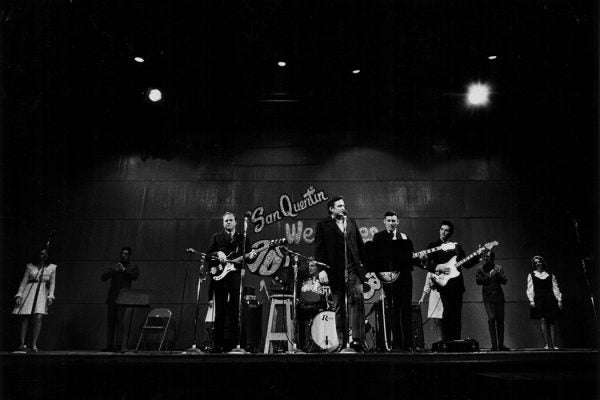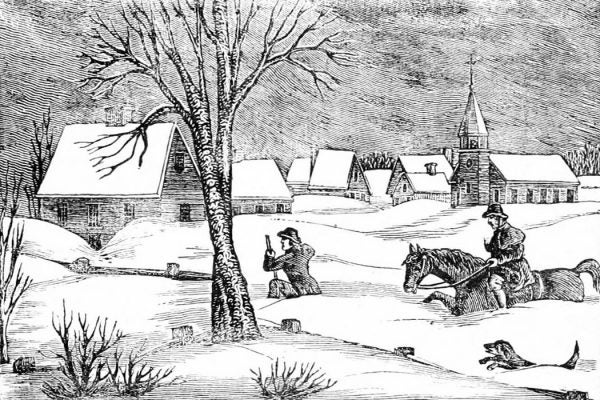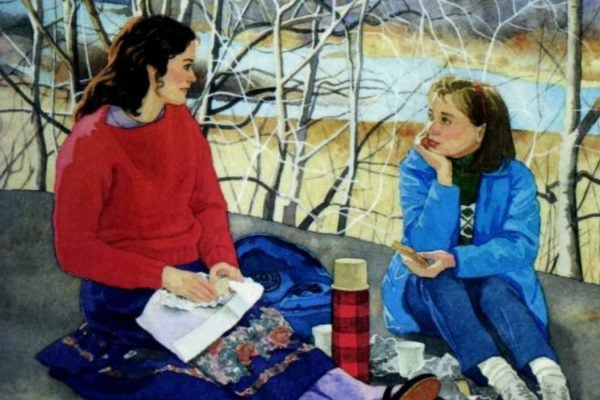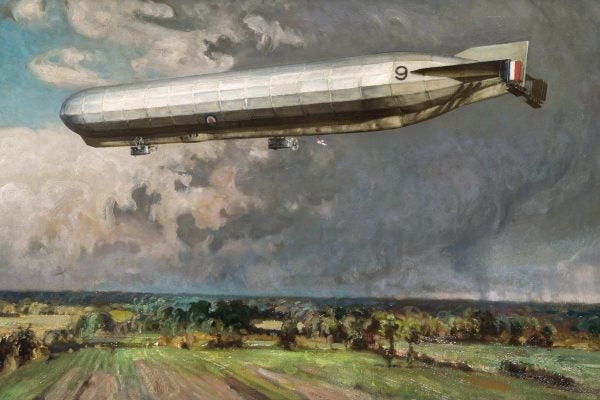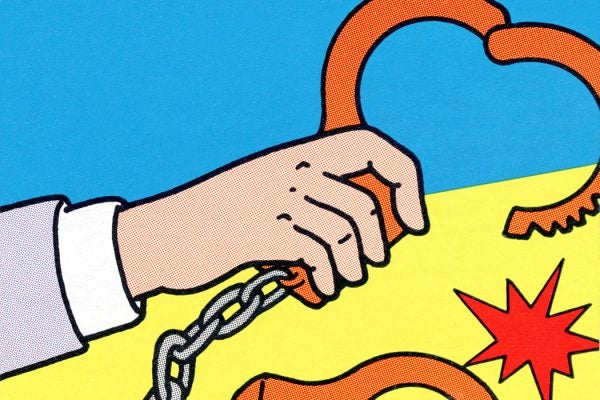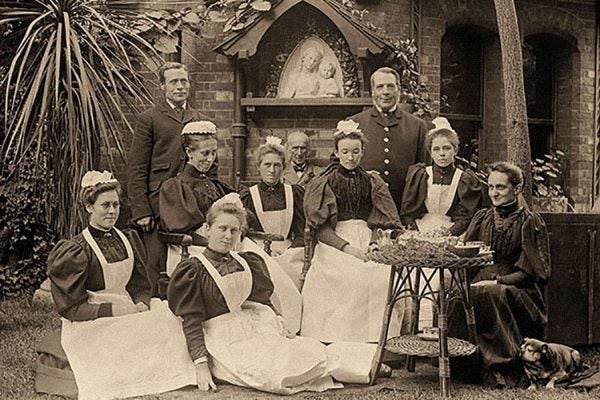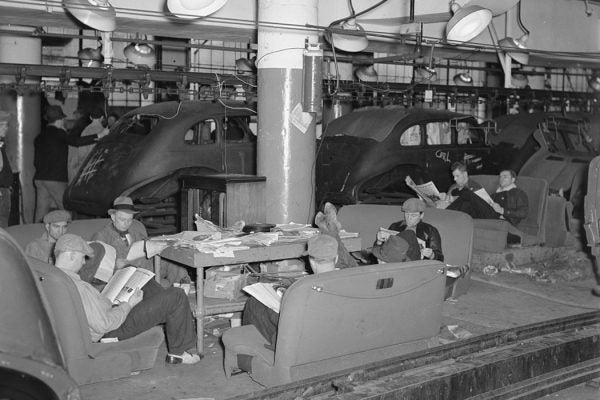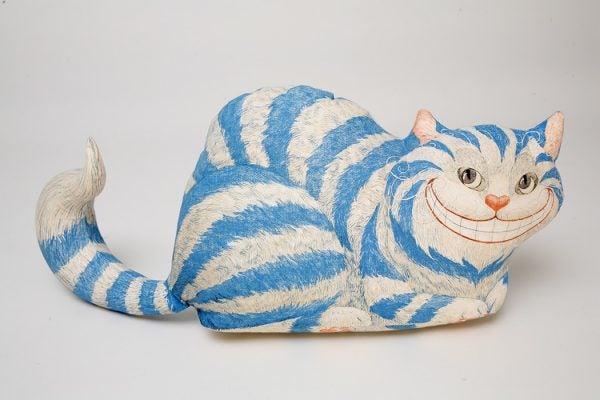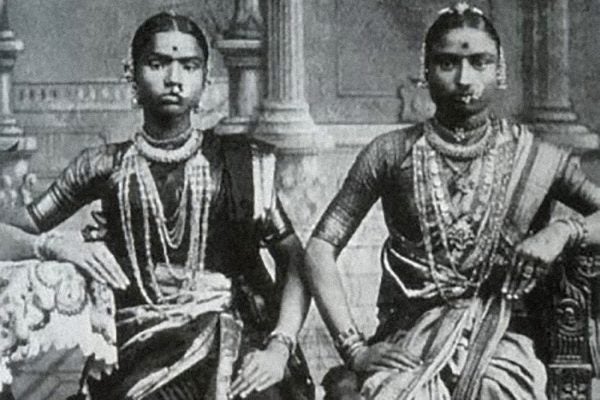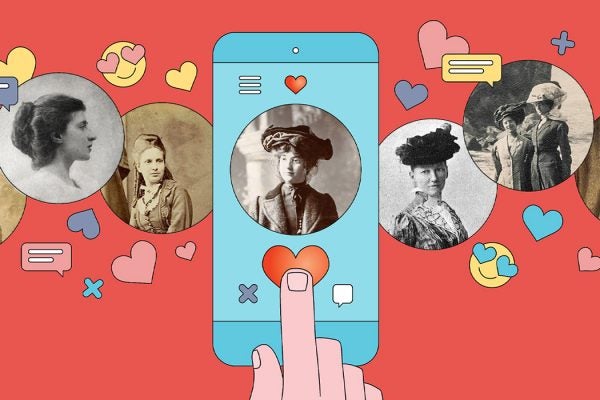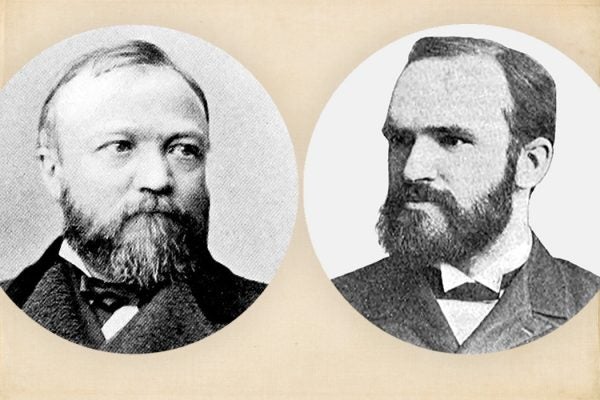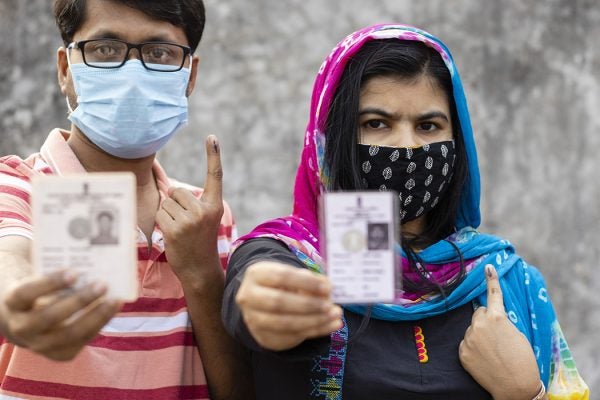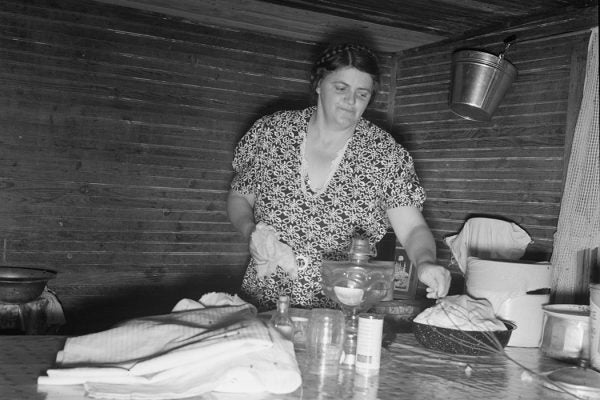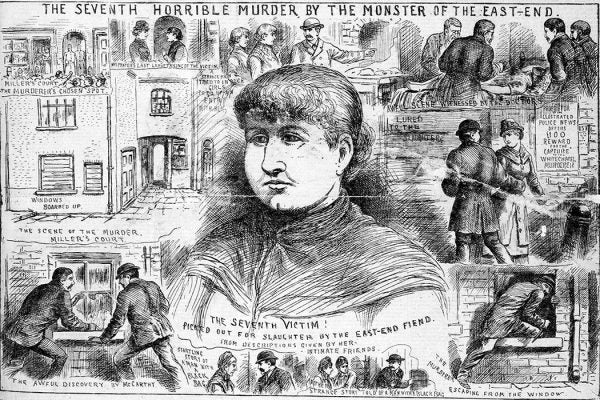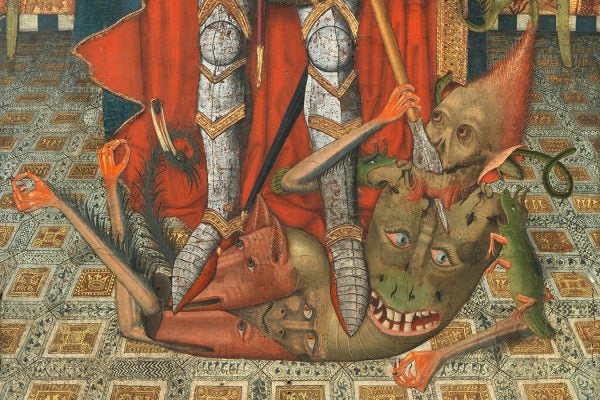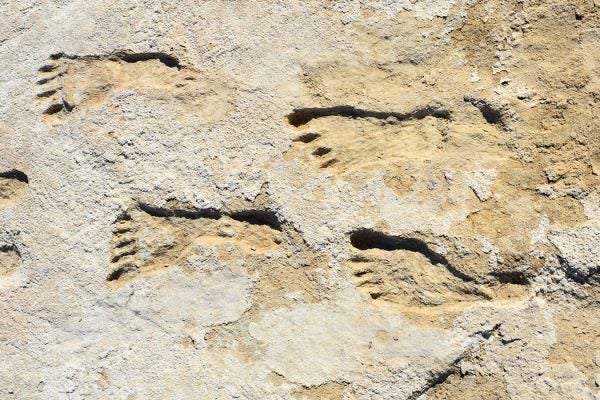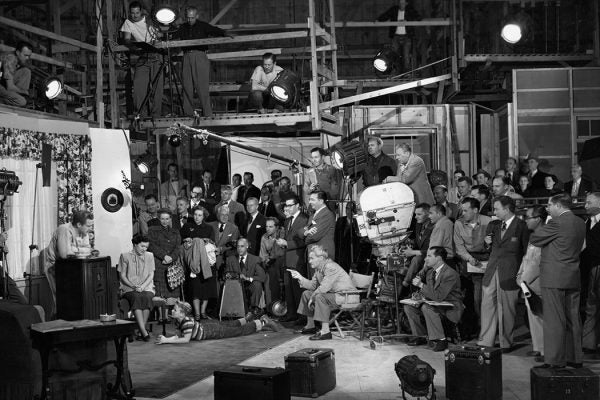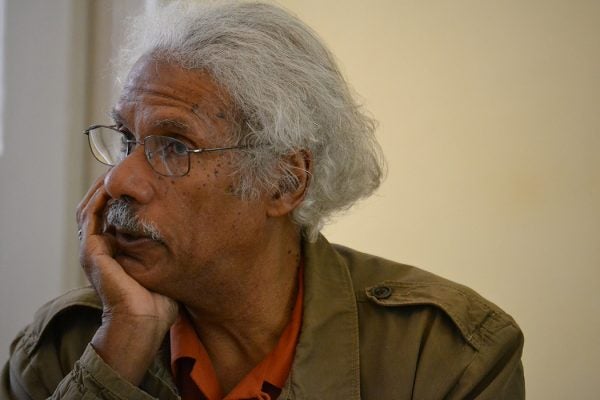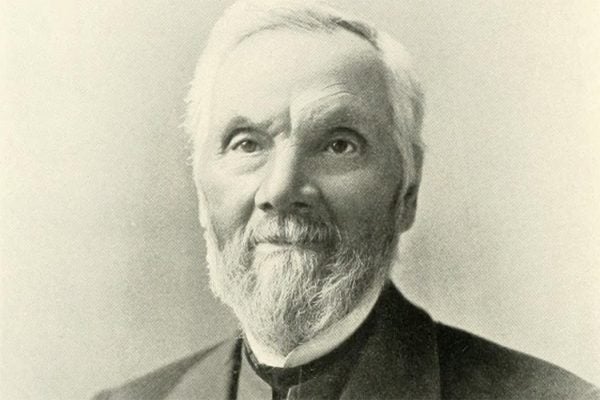The Radicalism of Johnny Cash
The best-selling musical artist in the world in 1969, Johnny Cash sang of (and for) the "forgotten Americans": the imprisoned men of all races.
The Snowy Winter that Devastated Colonial New England
For eleven days in February and March 1717, New England was hit with four major snowstorms. The devastation struck some as a sign from God.
Ms. Magazine’s Tricky Relationship with Advertising
On the fiftieth anniversary of Ms. Magazine, a look back at how the publication managed advertising demands while maintaining its founding ethos.
Queer YA: The Early Decades
While queer YA has exploded over the past decade, it began in the middle of the 20th century, with the first kiss in 1969.
Whatever Happened to Airships?
In moving away from fossil fuels, some in aviation are thinking of bringing back helium-assisted flight.
The Troubles with Tracking
Educators have been debating academic tracking since the early years of the public high school.
Let’s Talk About (Your) Crimes
Asking yourself about what you've "gotten away with" may change how you think about "criminals."
Who Does the Drudge Work? Answers from Edwardian Britain
In 1909, Kathlyn Oliver called for the creation of a servants' trade union that was “as important to the community as the worker[s] in any other sphere."
The Flint Sit-Down Strike, From the Inside
Americans in "The Great Resignation" and "Strikevember" are the heirs of the 1936-1937 sit-down strike by auto workers in Flint, Michigan.
Reclaiming Rice in Taiwan
After World War II, the US ramped up international food aid, both as a Cold War strategy and as a way to distribute surplus products.
A Brief History of Literary Cats
There’s nothing like curling up with a good book and a soft cat. Even better is a book with a cat in it.
How South Asian Temple Dancers Fought Moral Reform
Devadāsīs appealed to a longstanding tradition to argue that they had a legitimate position in their modernizing nation.
Should We Go to Mars? Carl Sagan Had Thoughts
It'd be "a step more significant than the colonization of land by our amphibian ancestors some 500 million years ago." But Sagan had reservations.
The “Dating Apps” of Victorian England
They didn't have smartphones back then, but they still had personal ads.
When Melvil Dewey Pursued Andrew Carnegie’s Millions
A clash of library enthusiasts ended with a sexual harassment scandal.
Why Vote? Lessons from Indian Villages
The voters one scholar studied didn't necessarily think they would benefit materially from being on the winning side. But turnout was over 90 percent.
How the New Deal Documented Southern Food Cultures
Photographers and writers hired by the US government presented the foodways of the South to a wide audience.
How Crime Stories Foiled Reform in Victorian Britain
Harsh punishments were declining in the nineteenth century. Then came sensationalist news coverage of a reputed crime wave.
Why Academic-Indigenous Collaboration Is Tricky
Although many archaeologists are trained to prize objectivity, Indigenous scholars approach research with a different sort of grounding.
How Retail Sales Became “Unskilled” Work
There's a big difference between how salespeople in traditional department stores and big-box retailers interact with their customers.
How Show Business Went Union
Since the nineteenth century, the IATSE union has organized behind-the-scenes workers, first in theater, then in the movies.
Albert Raboteau on Re-Enchanting the World
The late religion scholar suggested that to regain a sense of wonder, we should look to education.
Did Thoreau Do Yoga?
The transcendentalist was big on Asian texts—at least as he understood them.
Parker Pillsbury, Nineteenth-Century Male Feminist
Abolitionists like the New Hampshire native believed that masculinity required self-control, setting them against violent enslavers.

